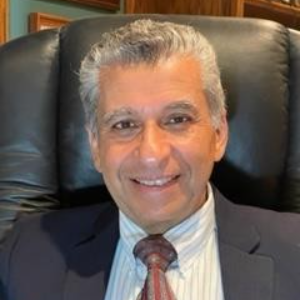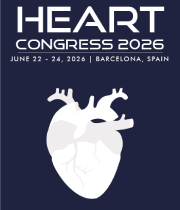Cardiac Arrest Survival
Cardiac arrest survival is a critical aspect of emergency medicine, emphasizing the swift and effective response needed to save lives in moments of crisis. When the heart suddenly stops beating, immediate intervention becomes paramount. Timely administration of cardiopulmonary resuscitation (CPR) and the use of automated external defibrillators (AEDs) significantly increase the chances of survival. Public awareness and education on basic life support techniques are crucial, empowering individuals to respond promptly when witnessing a cardiac arrest. Beyond first responders, community engagement in CPR training programs and accessible AED placement contribute to creating a network of potential lifesavers. Surviving cardiac arrest often hinges on the collective efforts of individuals equipped with the knowledge and tools to intervene swiftly, underscoring the importance of proactive community involvement in cardiac emergency preparedness

Shuping Zhong
University of Southern California, United States
Ahdy Wadie Helmy
Indiana University School of Medicine, United States
Federico Benetti
Benetti Foundation, Argentina
Ishan Abdullah
George Washington University School of Medicine and Health Sciences, United States
Sana Tariq
Manchester University NHS Foundation Trust, United Kingdom
Achi Kamaraj
Royal Brisbane and Women’s Hospital, Austria




Title : Historical evolution from OPCAB to MIDCAB to mini OPCAB surgical technique and results
Federico Benetti, Benetti Foundation, Argentina
Title : Fats of Life, the skinny on statins and beyond !
Ahdy Wadie Helmy, Indiana University School of Medicine, United States
Title : Novel ways of cardiovascular risk assessment
Syed Raza, Awali Hospital, Bahrain
Title : Study of pathological cardiac hypertrophy regression
Shuping Zhong, University of Southern California, United States
Title : Personalized and Precision Medicine (PPM) and PPN-guided cardiology practice as a unique model via translational applications and upgraded business modeling to secure human healthcare, wellness and biosafety
Sergey Suchkov, N. D. Zelinskii Institute for Organic Chemistry of the Russian Academy of Sciences, Russian Federation
Title : Atypical takotsubo cardiomyopathy presenting as st-elevation myocardial infarction
Sana Tariq, Manchester University NHS Foundation Trust, United Kingdom